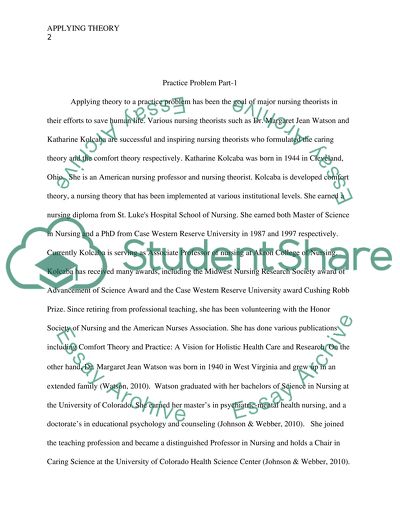Cite this document
(“Applying theory to a practice problem 3 Research Paper”, n.d.)
Retrieved from https://studentshare.org/nursing/1474543-applying-theory-to-a-practice-problem
Retrieved from https://studentshare.org/nursing/1474543-applying-theory-to-a-practice-problem
(Applying Theory to a Practice Problem 3 Research Paper)
https://studentshare.org/nursing/1474543-applying-theory-to-a-practice-problem.
https://studentshare.org/nursing/1474543-applying-theory-to-a-practice-problem.
“Applying Theory to a Practice Problem 3 Research Paper”, n.d. https://studentshare.org/nursing/1474543-applying-theory-to-a-practice-problem.


